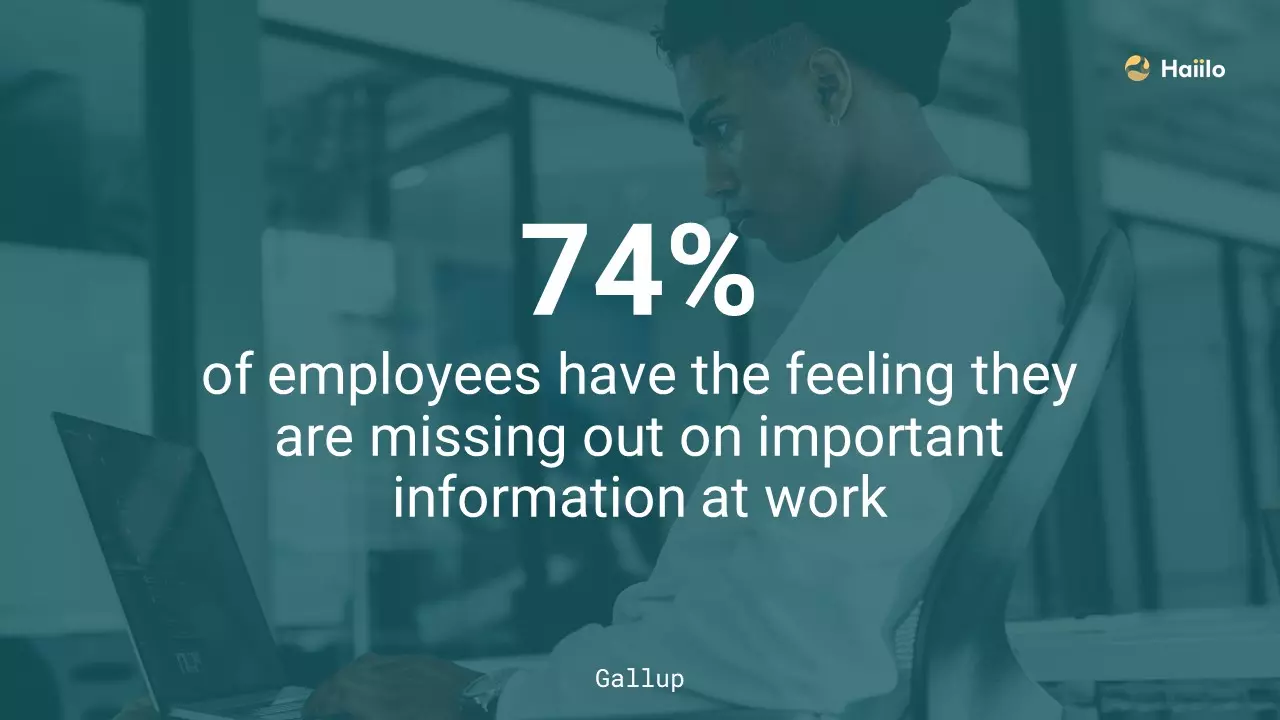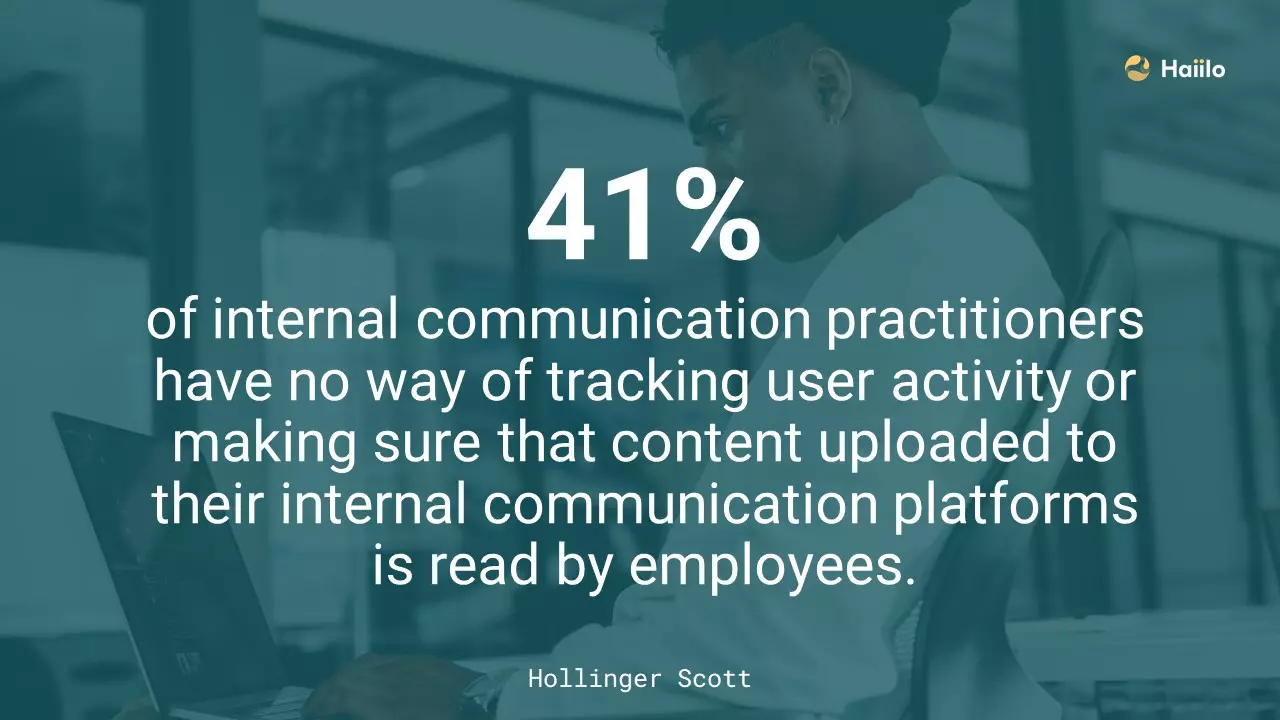As the COVID-19 pandemic keeps spreading at a fast pace, employers are urged to find ways to effectively communicate safety tips to their employees.
If someone told us a month ago that COVID-19 safety tips would be one of the most popular topics among employers right now, none of us would have believe it.
However, coronavirus is here and we are all forced to adjust to the current situation. We can see that there are still people who are neglecting recommended safety tips.
Therefore, employers have the big responsibility and the power to truly prevent this virus from spreading. This is possible only with the right crisis management and proper employee communications plan in place.
To help you keep your business running smoothly during the outbreak, we decided to share with you some of the most important safety tips and best practices you should follow to keep your employees safe and healthy.
How to Effectively Communicate Safety Tips to Your Employees During the Pandemic
One of the most important things employers need to do during this pandemic is to regularly share safety tips with their employees in order for them to stay healthy, safe and to stop the virus from spreading even further.
However, we are all facing an these days and most employees are currently working from home.
Employers have no choice but to think of some other, more creative ways to deliver the right information to the right employees at the right time.
Let’s take a look into some best practices for effectively communicating safety tips with your employees during the coronavirus outbreak.
1. Choose the right content formats
When creating safety tips and other relevant information, IC practitioners need to be creative if they want employees to read and understand the content shared with them.
Instead of just sharing links or writing simple emails with safety tips, try creating content in a form of an interesting video or inforgraphic. Video content is proved to be the most consumable type of content among employees.
If you want to go a step further, bring in a healthcare professional as people sometimes tend to pay more attention to independent professionals.
2. Gather all COVID-19 updates in one place
Most companies use multiple channels to communicate with their employees — from emails to intranets and company newsletters — which makes it challenging for them to keep up with all the messages being shared.

To make it easy for your employees to get the latest COVID-19 updates and safety tips you’re sharing with them, make sure you gather all the information they need in one place.
If you don’t do so, the chances for employees to miss out on the important information will be very high.
What’s more, having all COVID-19 updates and safety tips in one place makes it easy for your employees to discuss the topic and ask any questions they may have.
3. Enable two-way communication
Most employers are now sending newsletters with safety tips and other COVID-19 information to their employees. The thing is, this information is likely to get lost. What’s more, this type of communication also disables employees from communicating back to you.
Instead, you should support two-way communication as this is the best way, especially for managers and team leaders, to show their employees that they are approachable and open to hear from their employees about their concerns, fears and questions.
Read on: Top 5 Communication Skills and How to Improve Them
4. Monitor the latest COVID-19 updates from trustworthy sources and share them with your employees in a timely manner
There’s a lot of COVID-19 information being shared on social media, and some of the content being shared isn’t accurate.
For example, there has been a lot of content on how certain drinks and foods can completely kill the virus, and a lot of such information is not proved by healthcare professionals at all.
Employers play a critical role in helping employees to find the right information on the pandemic.
You need to keep an eye on the latest updates and information coming from Governments and trustworthy sources such as the World Health Organization (WHO), the Center for Disease Control and Prevention, the Amercian Medical Association and other local authorities and communicate them to your employees in a timely manner.
5. Personalize your messages based on your employees’ functions and locations
Even though everyone should follow similar safety tips, employees from various departments may need different COVID-19 information based on their job functions and locations.
For example, if you are working in retail, some of your employees are probably still working in shops. These employees may need more attention and completely different types of information than your employees working from home.
Also, employees based in the US may need to follow different instructions than employees based in the UK. Not to mention employees working in the healthcare industry!
This is why you need to segment and filter employee information based on their roles, departments, locations and other criteria in order to deliver information that is relevant to them.
6. Ensure mobile-first employee communications
During these times, employees spend more time on their mobile phones than they usually do. Therefore, you should think about how to switch to mobile-first communications to adapt to this new situation and ensure instant message delivery to your employees, especially the non-wired ones.
As some companies and local authorities are releasing new, more strict regulations on a daily basis, employees working in retail, healthcare, government and other industries need to be alerted about these new regulations immediately.
By switching to mobile-first communication, you are much more likely to reach all your employees at the right time no matter where they are located.
7. Instantly notify your employees about about any urgent updates
Some safety tips are more important than others. Whenever you are implementing a big change regarding your company’s rules, procedures or regulations, you should be able to notify your employees immediately so they can take the proper actions to protect themselves from the pandemic in no time.

Take, for example, a case from a healthcare company or an institution. As there are more and more infected medical staff, and they fall under the very high exposure risk. How can their leaders ensure to inform coworkers that have been in contact with the infected person in a matter of seconds?
As most of these are non-wired, deskless employees, sending mobile push notifications is the only way for the update to be delivered as quickly as possible.
8. Encourage employee-generated content
Another thing we have been seeing these days is the creativity coming from people due to a lot of time spent at our homes.
So why wouldn’t we engage our employees to make, for example, their own videos with safety tips? Empowering employees is an excellent way to keep your workplace engaged and connected during the pandemic.
Have them record videos with safety tips released from credible sources, and make a short video that you can use to remind them of those best practices they should follow.
9. Invite your employees to take health & safety quizzes
If you have already shared the safety tips with your employees, why not testing their knowledge with quizzes?
It’s a great way for you to know whether your employees have read and understood the safety tips you’ve been sharing with them and the reasons why some of them may have ignored your messages.
Is it because the content format wasn’t engaging enough? Or maybe because the message itself wasn’t clear enough?
10. Assess your employee safety communication
One of the biggest challenges internal communicators, managers and leaders are facing right now is that they have no way to track how many employees within their organization actually saw and read their safety tips and instructions.

This is quite problematic because without data, you can’t understand what’s working well and what needs to be changed in your employee communications.
When you’re able to identify the types of content that drive the most engagement, the messages that resonate the most wit your employees and what channels allow you to effectively reach your employees, it becomes easy to make decisions in a timely manner and improve your communication plan accordingly.
Examples of Safety Tips You Can Share With Your Employees During the COVID-19 Outbreak
We are now familiar with the most important COVID-19 health and safety tips to follow during the pandemic. However, it doesn’t hurt to repeat them one more time.
Here are some of the most common safety tips we see from various advisory boards:
- Regularly wash your hands for at least 20 seconds
- Cover your mouth when coughing and sneezing
- Avoid touching your eyes, mouth and nose
- Maintain social distancing
- Respect the self-isolation regulations
- Clean and disinfect frequently touched surfaces and objects
- Practice respiratory hygiene
- Call your doctor when feeling sick
Message templates to communicate safety tips
Below, we have prepared for you two message templates you can use to communicate safety tips to your employees during the pandemic.
You can use these templates asdrafts to write short posts or as scripts for short videos you’re going to share with your staff. Remember, the content format you’re going to use plays a key role in catching your employees’ attention.
Hygiene safety tips message
Dear [employee name],
We hope you and your family are staying safe and healthy during these hard times. In order to stop the COVID-19 from spreading, we need to work collaboratively by following the local authorities’ guides and regulations.
Please read carefully our COVID- 19 health and safety tips and follow them responsibly:
- Maintain at least 2 meter (6 feet) distance between yourself and anyone who is coughing or sneezing. This is the best way to keep yourself, our workplace and other people safe.
- Avoid touching your eyes, nose and mouth.
- Cover your mouth and nose when you cough or sneeze.
- Keep surfaces clean to stop the spread of germs. Clean all high- traffic surfaces like tables, desks and kitchen counters at least once per day.
Let’s work together to stop this pandemic from hurting the world further.
Sincerely,
[name or department]
#StayHome #StayStrong
Social distancing safety tips message
Dear [employee name],
We hope you and your family are staying safe and healthy during these hard times. In order to stop the COVID-19 from spreading, we need to work collaboratively by following the local authorities’ guides and regulations regarding social distancing.
WHAT IS SOCIAL DISTANCING AND WHY IS IT IMPORTANT
Social distancing is the most effective way to stop or slow down the spread of infectious diseases. It means less contact between you and other people.
Social distancing is important because COVID-19 is most likely to spread from person-to-person through:
- direct close contact with a person while they are infectious
- close contact with a person with a confirmed infection who coughs or sneezes, or
- touching objects or surfaces (such as door handles or tables) contaminated from a cough or sneeze from a person with a confirmed infection, and then touching your mouth or face.
So, the more space between you and others, the harder it is for the virus to spread.
WHAT CAN YOU DO?
Here are a few useful social distancing safety tips you should follow:
- Practice the already mentioned personal hygiene
- Avoid handshaking
- Regularly disinfect high touch surfaces, such as tables, kitchen benches and doorknobs
- Increase ventilation in the home by opening windows or adjusting air conditioning
- Visit shops sparingly and buy more goods and services online
- Both the sick person and the people caring for them should wear a surgical mask when they are in the same room
- Protect other vulnerable family members, such as people over 65 years or people with a chronic illness
- Stay at home if you are sick
- Stop handshaking as a greeting
- Hold meetings via video conferencing or phone calls
Please follow these safety tips responsibly, and let’s work together to stop this pandemic from hurting the world further.
Sincerely,
[name or department]
#StayHome #StayStrong










